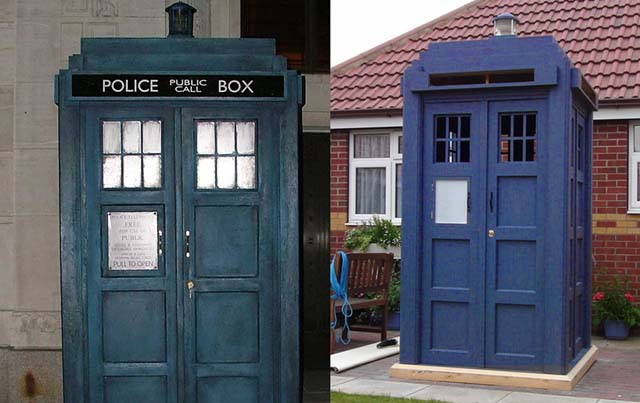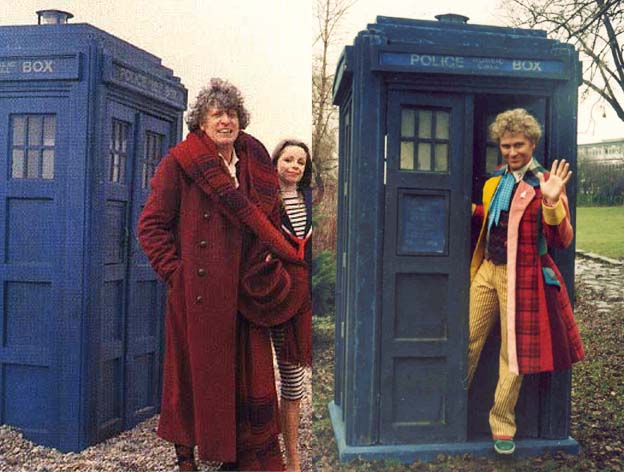This Week’s Releases (Aug 8-12, 2005)
by [name redacted]
Week five of my ongoing, irreverent news column; originally posted at Next Generation
Finally this week, a good balance: not too many games, not too few. About the same number of Japanese and North American releases. Some mainstream, some casual, and some incredibly obscure and hardcore releases. If only the release calendar were always so even, maybe videogame sales wouldn’t slump so much in the summer. Have at you! (Remember to note the release region.)
Today (August 08):
Madden NFL 06 (DS/GBA/Gamecube/PS2/Xbox)
EA Sports/EA Sports (NA)
Yes, yes. Another Madden release. EA’s stock price goes up, enabling it to buy out another six or seven indie developers who were daft enough to sign publishing deals in the last few years. Or maybe buy out Activision. Or Equador. I understand Saudi Arabia’s government is going through a period of transition. Weird what can happen to a company when it goes public. I wonder what Trip Hawkins thinks of his old labor of love. The company that was founded to promote game designers as authors in their own right.
Oh, whoops. Sorry. Tangent. This is a football game in what I understand is a popular series that began on the Sega Genesis in 1991, on one of those weird custom cartridges that EA manufactured before it bothered to acquire an actual license to publish Genesis games. I am told each incarnation of the game is essentially the same as the previous year’s, with a few slight adjustments and an updated team roster. I am also told that the last couple of games have been a little better than usual. That’s nice. I guess.
The 2006 edition (that is, the one released in 2005) is reported to feature a “brand new passing game†in the “Quarterback Vision Control systemâ€; “Formation Specific Audibleâ€; and some fiddling with the offensive and defensive games. There’s also a “Superstar Mode†single player game, which allows the player to “live the life of an NFL starâ€. I’m sure this must appeal to a lot of people. If you’re one of them, now you know which mega-corporation to support. Get to it!



